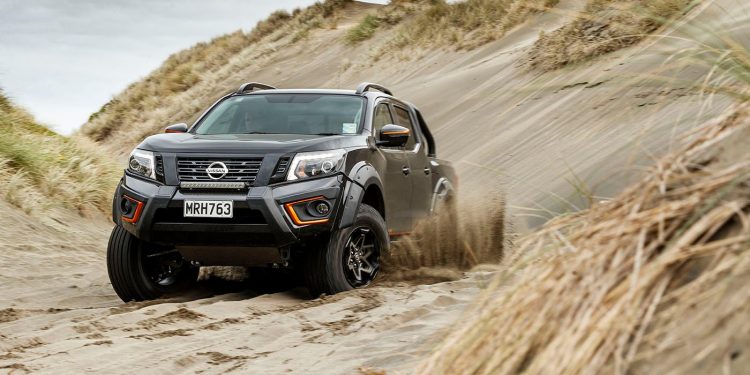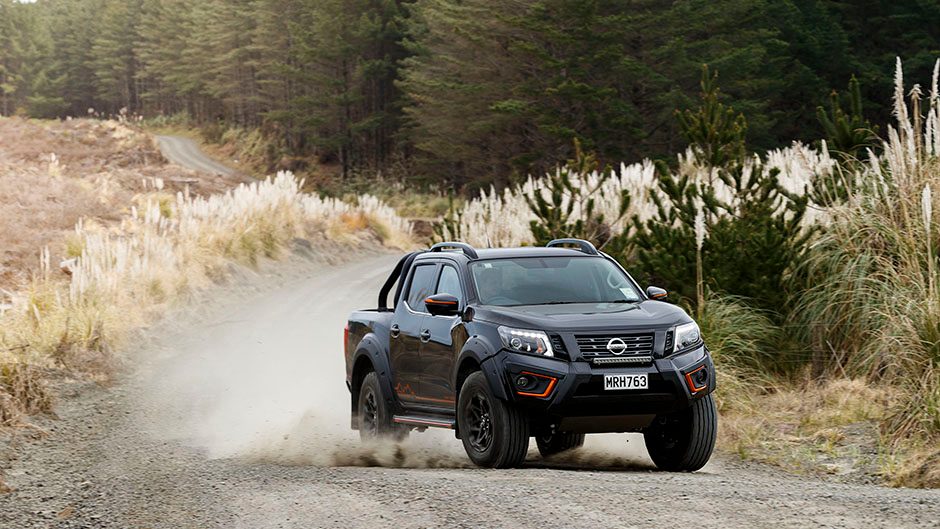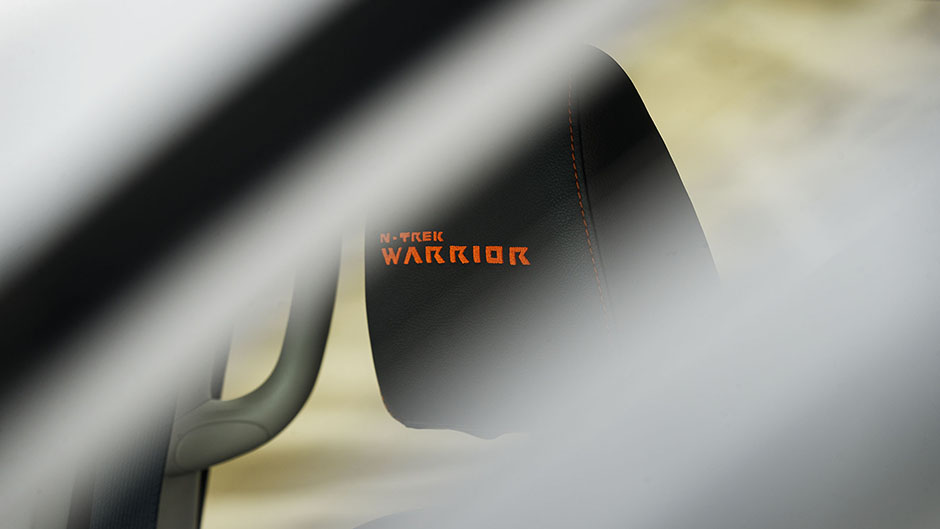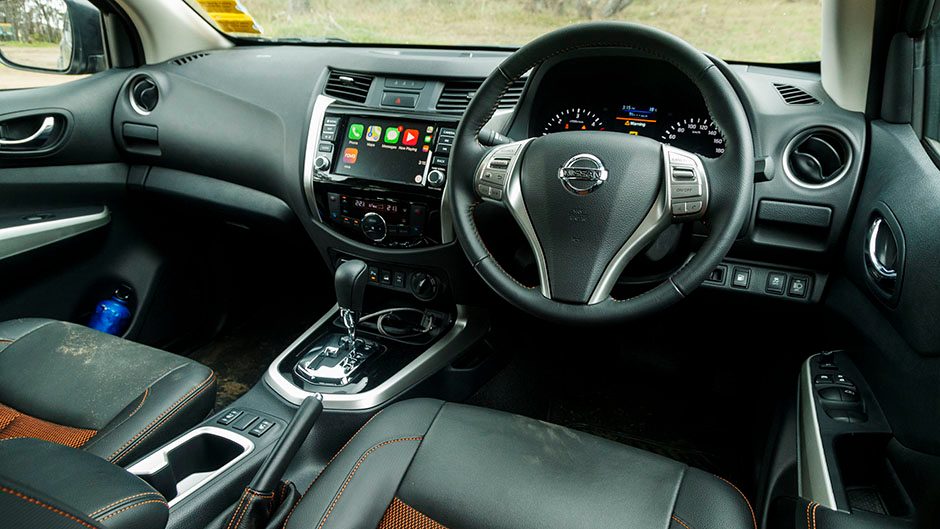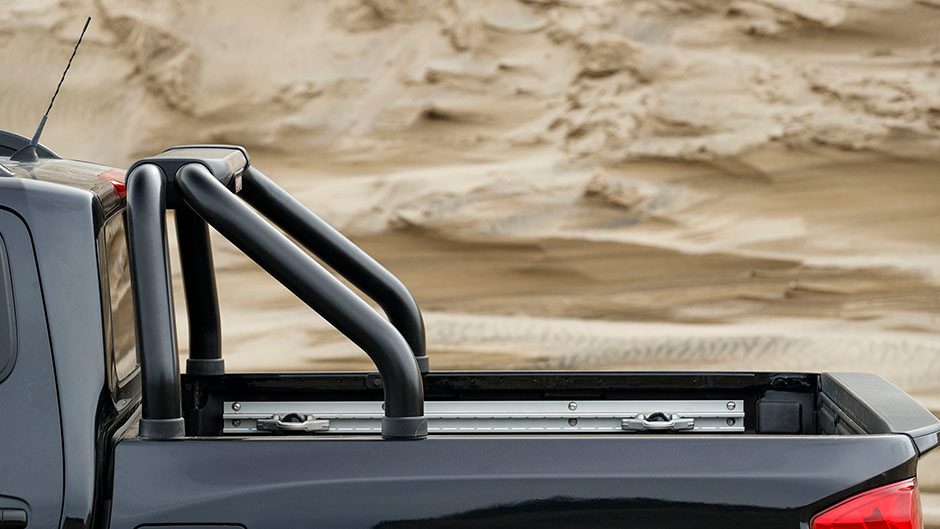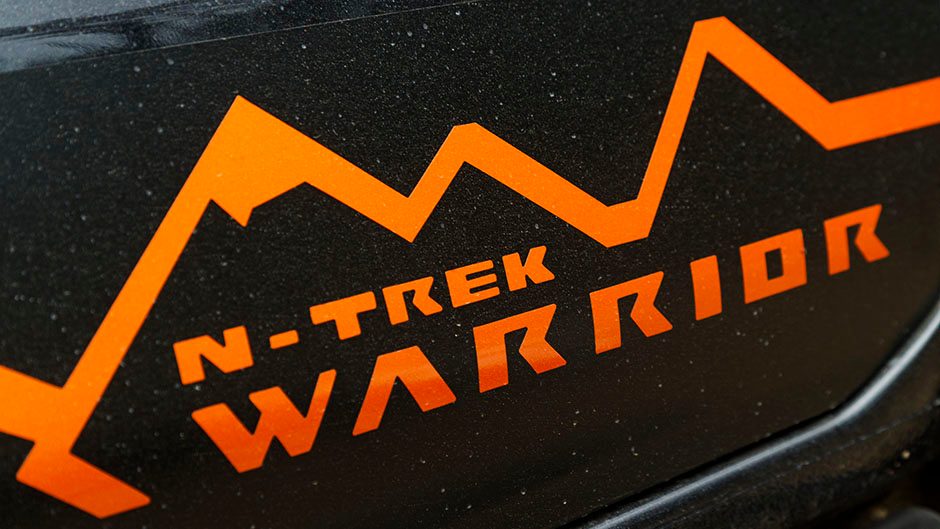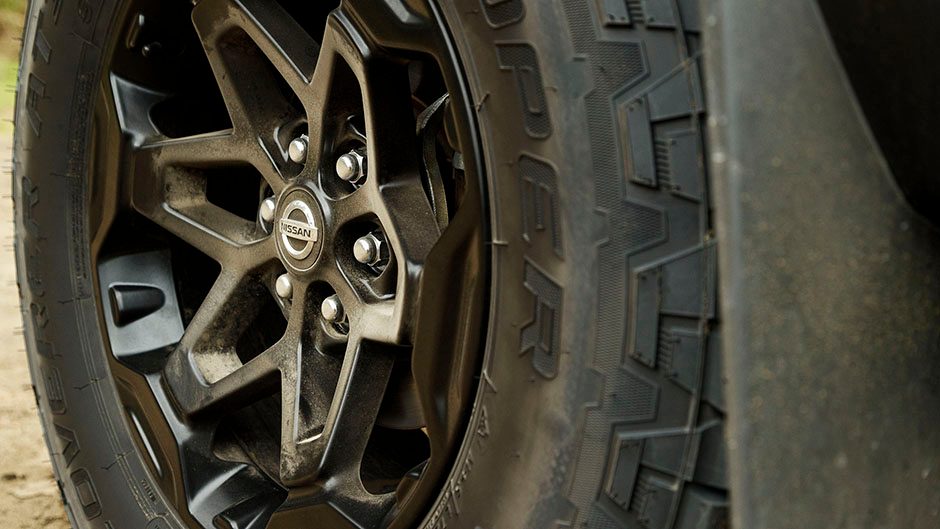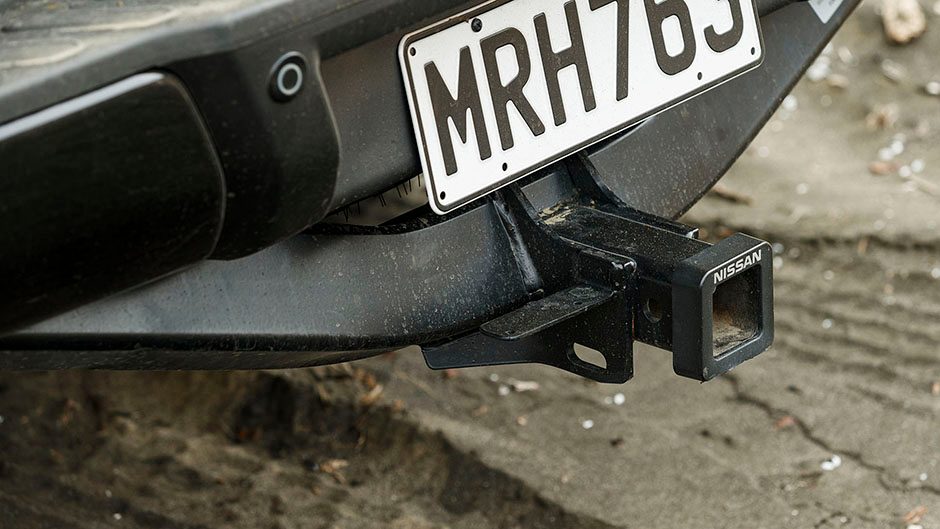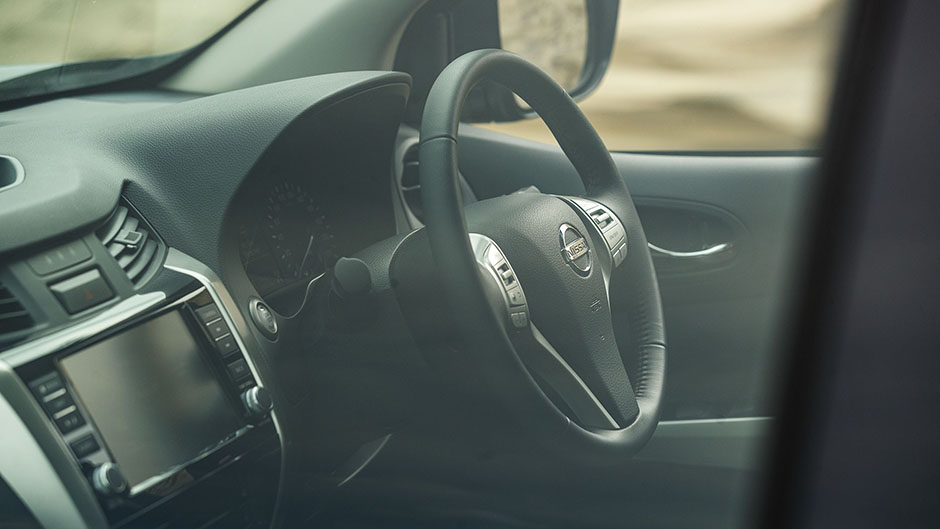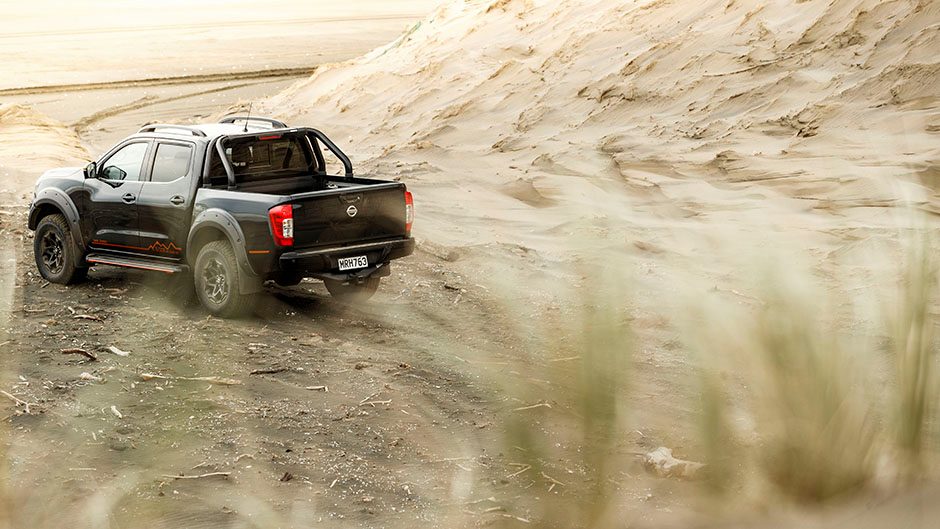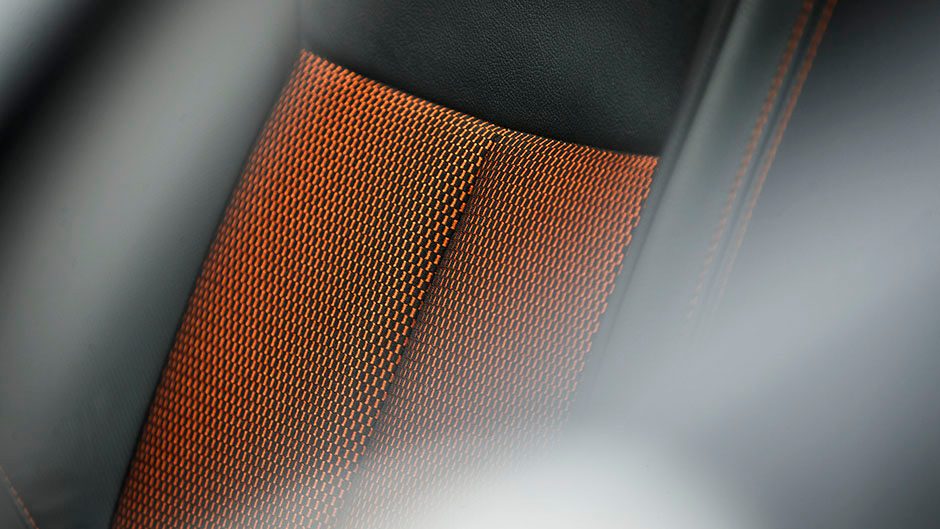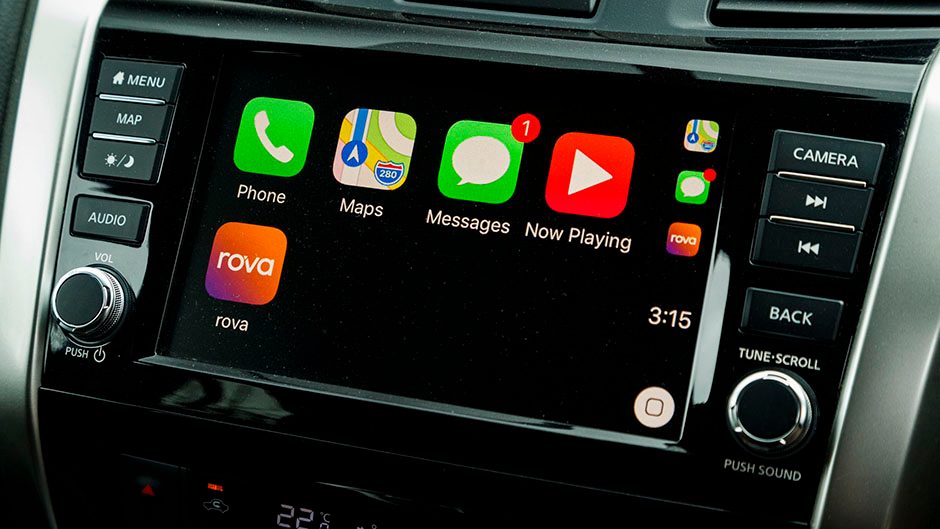2020 Nissan Navara N-Trek Warrior review
Words Kyle Cassidy | Photos Tom Gasnier
Nissan Australia has put together a range-topping Navara for the south seas market. We’ve tested it off road on the west island, but how does it go at home?
Utes have come a long way since Ford built something that the farmer could take the missus to church in come a Sunday and then throw a few pigs on the back on any Monday. The latest thing in one-tonne utes is to offer a range-topping super-off-roader. Ford kicked things off with its Raptor, and the others have been scrambling to catch up. We’ve had the HSV SportsCat (RIP) and now there’s Nissan’s Navara Warrior. Somewhat like the Scat, the Warrior is factory approved but designed and built by a third party. And so setting the Warrior apart from the raft of ‘dealer special’ do-ups is the involvement of engineering firm Premcar. Built from the ashes of what was Ford’s failed FPV operation, it has the knowledge and resources to do it right, and the Warrior imparts a genuine OEM feel about it. The engineering brief was to improve the Navara’s off-road creds, while maintaining its towing ability.
The suspension has been replaced and uprated with the aim of making the Warrior go harder off-road. The factory shockers went into the bin, replaced with a set of Monroe dampers. These have a larger volume of oil to help dissipate the heat when working hard off road, while the valving has been tuned by Premcar to ensure the desired compression and rebound characteristics are achieved when riding rough. Helping also is a set of dual-rate Tenneco springs. Ground clearance has been improved by 40mm, to register 268mm in total, which is achieved partly by the new suspenders, but also the 32-inch Cooper tyres. These wrap around a set of 17-inch Rosta wheels. They also account for a track 30mm wider.
Whereas the Raptor’s suspension set-up comes with a compromised tow rating, Nissan wanted the Warrior to have the same 3500kg hauling ability as its regular counterparts. But with the larger spare wheel in the tyre carrier underneath, Premcar needed to design a special tow bar to fit around the bigger wheel. It hangs down lower as a result so while the Warrior’s approach and ramp over angles are improved, the departure angle is compromised, registering just 19 degrees to the ST-X’s 27. And while the tow rating remains strong, with all the extras they have tacked on (steel bull bars aren’t light for instance) the payload reduces from the ST-X’s 1020kg to 724kg. Premcar used Australian-sourced components for these various add ons which include extensive steel underbody protection, the big bullbar up front and the LED light bar (which only works on high beam, and is blindingly bright). While the Warrior is not quite in the same league as the Raptor, it’s on par with the HSV SportsCat in its level of re-engineering and calibration.
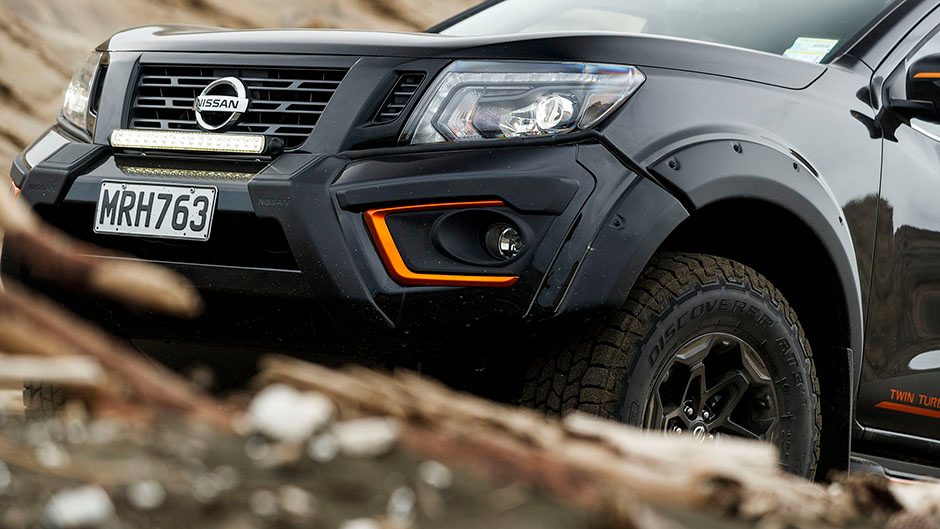
We know this is a winning Warrior off road from Louisson’s experience with it in Australia, where it conquered some of the big barren land’s fiercest 4×4 tracks. But it’s also quite handy on-road too. For a start, the ride characteristics are improved. There’s still a degree of shimmy from the rear, and it’s not up to the Raptor’s levels of smoothness, but certainly the unladen gait is more refined. And the rough road progress is fairly sorted too. The tyres are knobbly but don’t rumble and hum on the tarmac. It’s a good tyre this Cooper AT3. Along with the suspension mods, these give the Navara a more positive turn in. Premcar hasn’t completely eliminated the slight inaccuracy of the steering, as it still needs the occasional mid-corner adjustment, but the Coopers grip well in the bends. And they impart a progressive feel for the limits.
They improve grip on the rear end too for better traction off the mark. You can really jet the Warrior off the start in 2H, whereas the stock Navara chirps its rears and gets the T/C working. However, with the added weight and bigger tyres, the Warrior is slower than the ST/X to 100km/h. It totalled 2195kg on our scales, whereas the last ST-X we weighed registered just under two tonne. And it stopped the clocks at 9.91sec while the Warrior took another second to do so. But it’s the same for SportsCat and Raptor, both slower than their ‘lesser’ brothers in a drag race. Seems you can’t have everything.
So why didn’t they hot up the engine to compensate you might ask? Doing so would require an extensive and expensive engine recalibration programme to meet Australian regulations, and a raft of testing too. So it was out of the question. Unlike some other trucks we have tested with larger diameter wheels in place, the Warrior’s speedo is safe, an indicated 100km/h registering an actual 98km/h. During the panic stop, the wider, heavier rolling stock works the ABS system harder, and so the distances increase there too, 41m instead of the regular truck’s 37m. The ESP is well tuned to cope with the new set-up; it’s simply not required on a dry road given the plentiful grip at both ends.
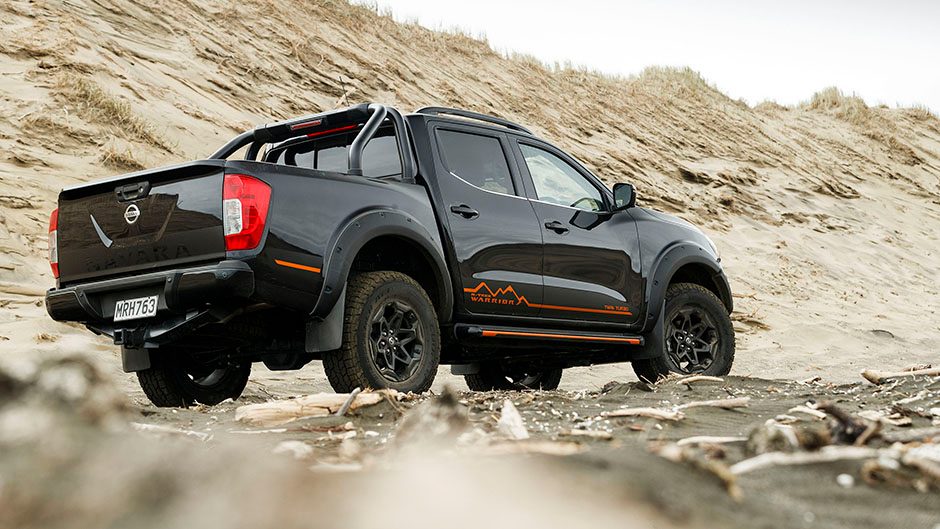
While officially slower, it doesn’t feel lethargic however, still with enough low down pull to get moving with surplus urgency for town running. And the effect of the extras on consumption isn’t too bad either, with an average in the mid-10L/100km range. It’s turning circle is larger than the regular Navara’s, and seems larger than the 12.7m quoted, most turnarounds requiring at least a three-point turn.
The Warrior is a good look, not too OTT, though you miss the contrasting details on a black truck. The only other colour choices are limited to white and a dark charcoal grey. The finishing of the front bumper could be better, a rubber strip used to fill the gap to the bodywork. It looks to have been designed and fitted by the work experience kid.
Warrior comes with the black sports bar, a tray liner and Nissan’s Utili-track tie-down system but you’ll have to source a tonneau cover to suit your needs; utes are fairly useless without one. It has side steps too but we reckon off-road types would likely prefer a set of rock rails instead. Those might make it a bit hard for the young folk to get on board though; it’s a bit more of a stretch up into the cabs for the kids. There’s nothing much to report on inside as it’s all standard fare. We’re glad there are no overly bolstered sports seats. These are just plain difficult to get into when fitted to a high-riding ute.
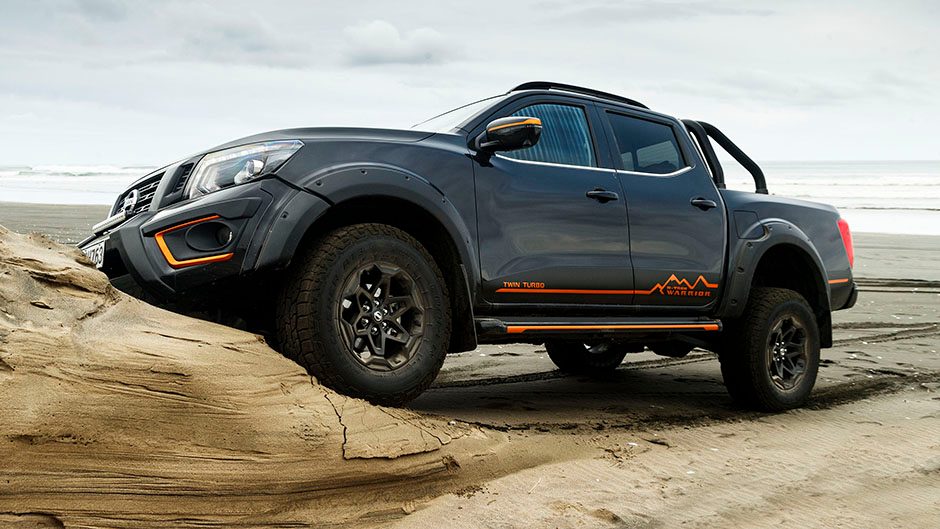
There’s nothing too flash inside then, but it gets leather trim, the front seats are heated and the driver’s features power adjustment. There’s an eight-inch touchscreen for the infotainment system which has nav and hooks up with both Apple and Android devices. It also gets a parking camera with an all-around view. The screen resolution isn’t fabulous but it is helpful when parking up. There is also dual-zone climate control and smart key entry and starting.
An area where it’s not so well endowed is the active safety front. It doesn’t offer AEB, or lane departure warning, and nothing fancy like active cruise.
There are seven airbags and the seats in the back have top-tether anchors and Isofix points.
The Warrior is a limited run vehicle, supply capped by production capacity. The first shipment of 50 trucks arrived during the last lockdown and a further 50 have arrived recently. And then that’s pretty much it as there is a Navara update coming soon, and the Warrior upgrade might not be compatible. Best get in quick then.
| Model | Make Model | Price | $00,000 |
| Engine | 0000cc, V8, 000kW/000Nm | Drivetrain | |
| Fuel Use | 0L/100km | C02 Output | 0g/km |
| 0-100km/h | 0.00sec | Weight | 0000kg |


